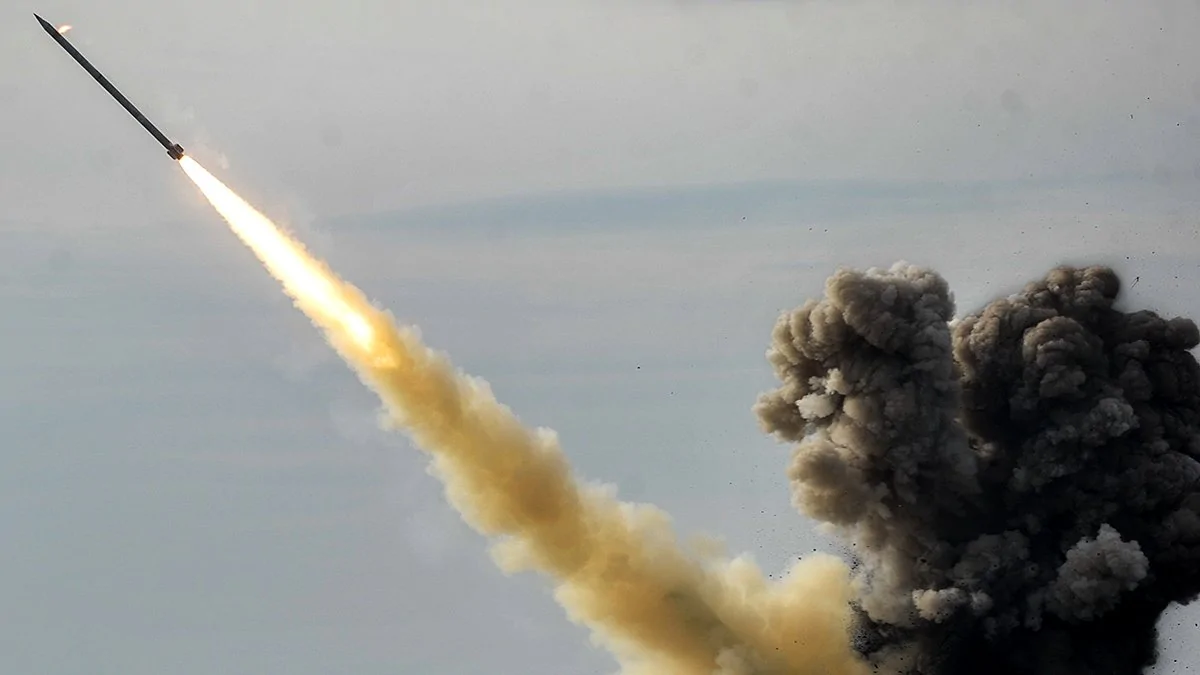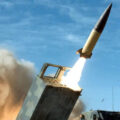
Ukraine and the “Deep Strike” Strategy: Why Long-Range Weapons Are Becoming a Critical Factor in the New Phase of the War
Recent weeks have seen a significant shift regarding Ukraine’s long-range strikes on Russian military targets. After President Volodymyr Zelensky’s personal meeting with US President Donald Trump, Ukraine for the first time gained a real chance to expand its arsenal for “deep strike” operations. This decision has the potential to change the frontline dynamics and calls into question Russia’s “impunity” in its rear areas.
Until now, Ukraine has relied exclusively on its own means for long-range strikes as President Zelensky himself confirmed.
“So far, Ukraine has used only its own weapons for strikes on long-range targets,” he emphasized.
However, for the first time, there was an official statement about real prospects for receiving “something more” after the meeting with Donald Trump.
“After my meeting with the US President, maybe we will have something more. I don’t know. We’ll see,” the head of state added.
The US Position: “Yes, Ukraine Can Operate at Long Range”
The shift in Washington’s stance became one of the key factors.
US President Donald Trump, as confirmed by his special representative Keith Kellogg, supports the idea of Ukraine striking deep inside Russian territory.
Kellogg stated directly: “Use the ability to carry out strikes at long distances. There are no such things as safe zones.”
US Vice President JD Vance and Secretary of State Rubio also confirmed:
“The President will do what is in the best interests of the United States of America. That is the driving force behind his decisions in foreign and defense policy.”
Negotiations on Tomahawks: Major Deals and Details
Ukraine is not only requesting new types of weaponry, but is preparing large-scale defense deals with the US.
Volodymyr Zelensky explained clearly: “We provided the President of the United States with details and illustrations of what Ukraine wants.”
It was specifically mentioned that all of this is included in “the major $90 billion agreement,” though Ukraine is also ready for separate contracts, including for long-range weapons such as Tomahawk missiles.
“I can’t say any more details,” Zelensky noted, emphasizing the sensitivity and strategic importance of the issue.
Russian Attacks and Ukraine’s Response: Technological Escalation
Russia continues massive strikes on Ukrainian energy and civilian infrastructure. According to the president, “they currently use about 500–600 drones per day, we use 100-150. With increased funding, we can reach similar numbers with long-range drones.”
Ukraine’s response is becoming increasingly visible. Zelensky emphasized: “We have started responding to their strikes on Ukrainian energy. And they feel our powerful response.”
It is important that Kyiv clearly declares it does not attack Russian civilian infrastructure-only military targets.
Post List
Permissions, Political Will, and Risks
The decision to provide Ukraine with long-range weapons affects not only tactics, but also the strategic balance in the region.
Keith Kellogg emphasized that “sometimes they have such permission, sometimes not,” highlighting the personal responsibility of the US President for the final decision.
At the same time, Vance clarified: “The final decision will be made by US President Donald Trump.”
The Prospect of a Major Defense Agreement
Ukraine is considering a “mega deal” with the US, which provides for the supply of American weapons worth tens of billions of dollars, as well as separate contracts for joint production of drones with American companies.
This is not just about targeted deliveries, but a structural overhaul of the entire security and defense architecture for the coming years.
The opportunity to obtain long-range weapons, including American Tomahawk missiles, is a strategic breakthrough for Ukraine’s defense capability.
The decision is at the final stage of political approval, depends on the priorities of the White House, and is already being discussed at a technical level.
Ukraine is preparing for a new phase of the war, where battlefield advantage will be determined not just by numbers, but by precision and long-range capability.
Range and technological asymmetry are becoming decisive arguments for ensuring defense and regaining the initiative in the conflict with Russia.














